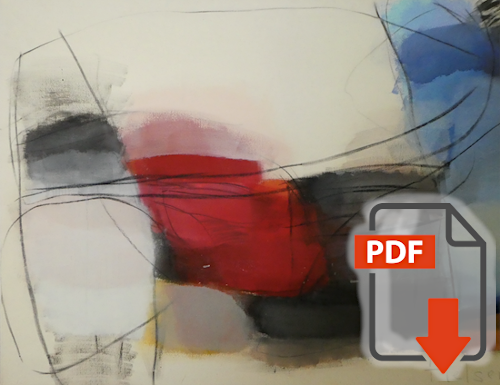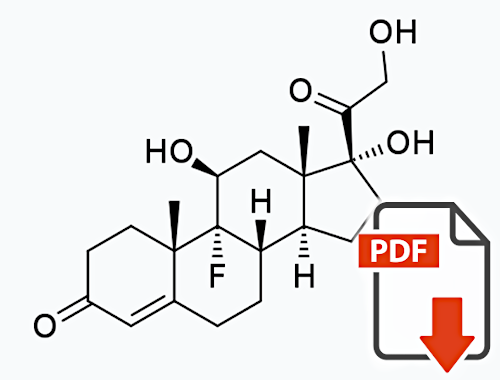| While internists aim for the lowest possible blood pressure in many patients, low blood pressure is at the same time an undisputed risk factor for the occurrence and progression of glaucoma damage. Accordingly, the views on the treatment of low blood pressure are controversial. The same question arises with blood pressure as with eye pressure: Why do some people tolerate a certain value without problems and others become damaged? Tolerance depends decisively on the regulatory capacity of the ocular blood flow. Therefore, low blood pressure values should only be interpreted together with the regulatory capacity of ocular blood flow. Glaucoma patients with a low blood pressure often have a Flammer syndrome and thus mostly a disturbed autoregulation. It is therefore useful to improve this regulation so that only severe drops in blood pressure need to be avoided. |

J Flammer:
Treatment of low and high blood pressure in glaucoma patients (Video) |
Low blood pressure must be considered individually and in the overall context. In this video (a recording of a virtual patient meeting), Prof. J. Flammer describes his many years of experience with the assessment and therapy of blood pressure in glaucoma patients. He discusses among others the following questions: When is a low blood pressure harmful, what are the most important causes of a low blood pressure, how can major drops in blood pressure be avoided or mitigated, when is it necessary and useful to influence the blood pressure, are there natural means to raise a low blood pressure and which drugs are useful and which are not. |

A Pechere-Bertschi, G Sunaric-Megevand, I Haefliger, F Panarello, M Maillard, M Burnier:
Renal sodium handling in patients with normal pressure glaucoma |
Patients with normal tension glaucoma often have low blood pressure, especially at night, and a greater drop in blood pressure when changing from supine to upright. Pechere-Bertschi have shown that such patients have a reduced reuptake of salt in the proximal tubules of the kidneys. In other words, these patients lose too much salt in relation to their blood pressure. While we recommend a reduction in salt intake in patients with high blood pressure, increased salt intake is reasonable in the case of undesirably severe drops in blood pressure. |

K Gugleta, S Orgül, D Stümpfig, B Dubler, J Flammer:
Fludrocortisone in the treatment of systemic hypotension in primary open-angle glaucoma patients |
In very rare severe cases, where blood pressure is too low despite behavioral changes and increased salt intake, and glaucoma damage progresses, treatment with very low doses of fludrocortisone is reasonable and useful. Fludrocortisone belongs to the mineralocorticoids, which have much fewer side effects than glucocorticoids. Gugleta et al. have shown that although fludrocortisone only slightly raises blood pressure, it improves blood flow. |